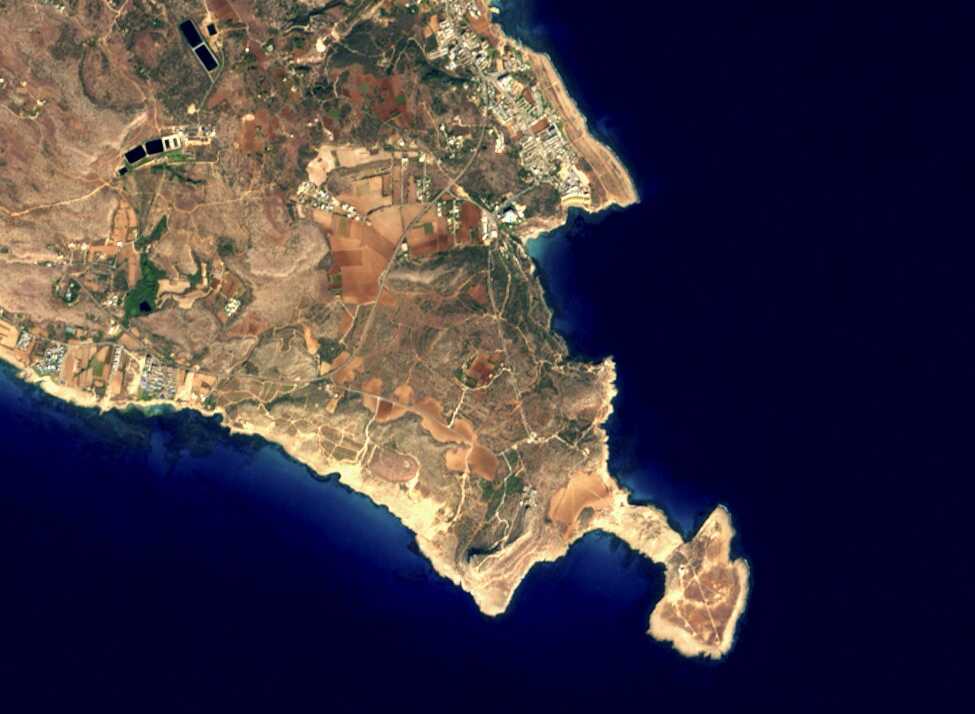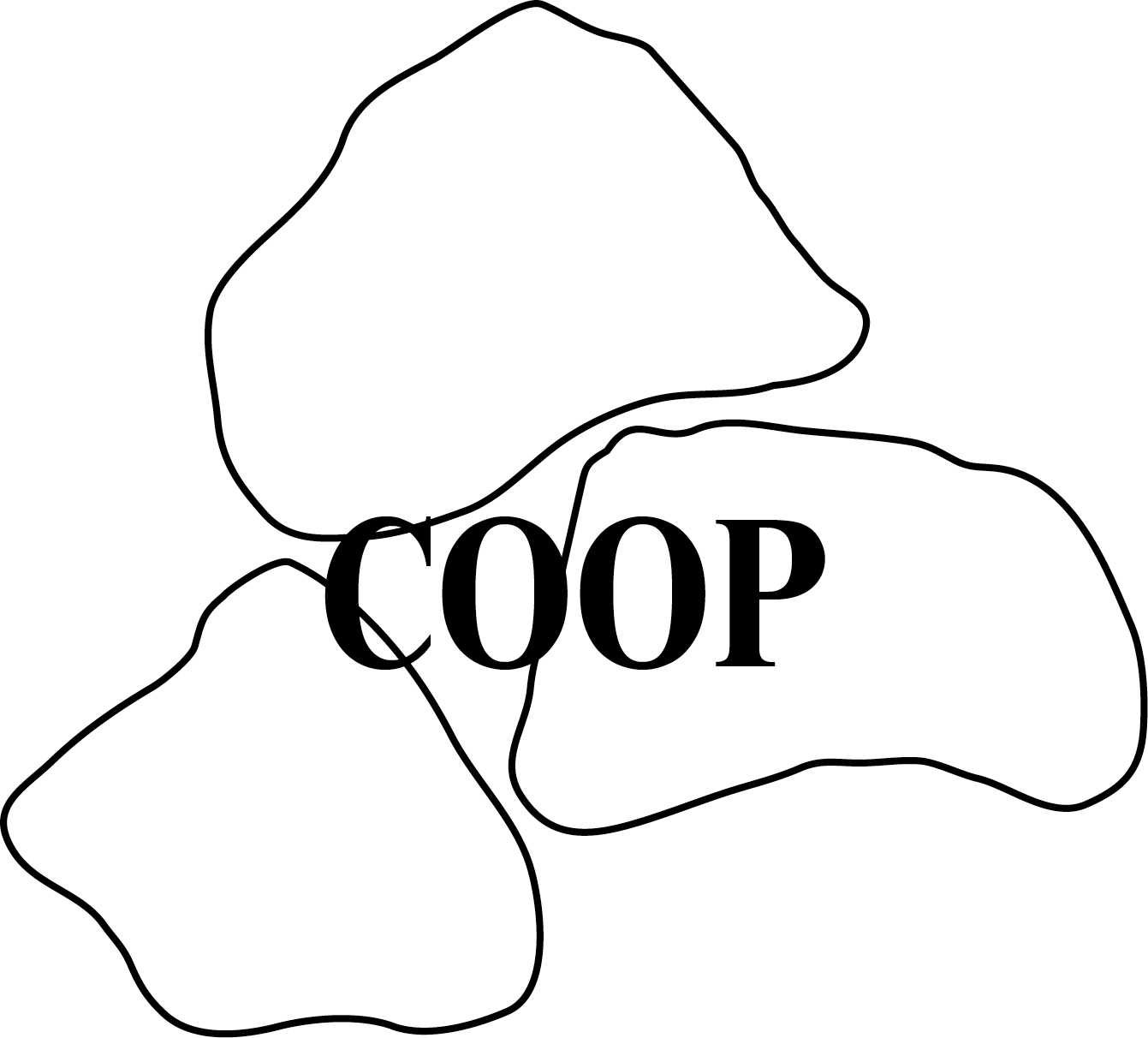2024-2025 COOP study group ~ FOREST INSCRIPTIONS
Tutor team:
Guests:
TBA
Partner Institution:
Student participants:
Demetris Chimonas, Erik Peters, Foad Alijani, Ilja Schamle, Magdalena Beliavska, Nanna Stigsdatter Mathiassen, Sophie Dandanell Refsgaard, Stellar Meris, Sanna Hirvonen
Student led reflection:
Chronicles (COMING DECEMBER 2024)
Program:
FOREST INSCRIPTIONS
Introduction
This COOP looks at forests as dynamic environmental infrastructures, shaped, intertwined, and entangled with human practices. Apart from carrying the inscriptions of extractive interventions and terraforming their environments to become orderly and calculated projections of accountancy sheets, forests stand as witnesses, as storage of data or rather as a palimpsest bearing the imprints of territorial conflicts and negotiations.
BUFFER ZONES
Nida in northern Europe and Nicosia in the very southeast, are two locations positioned between East and West, situated on the edges of geopolitical confrontations that extend far beyond their local contexts. They form the central focus of this COOP study group’s experiential and in-situ study approach, which develops a reading of these border zones, where vegetation reclaims spaces demarcating geopolitical forces.
Nida village at the Russian/Lithuanian border is part of the Curonian Spit National Park is located on the coast of the Baltic Sea, and was established in 1991 to preserve its unique coastal ecology. It formed unintentionally to become a legacy of the occupation and the recent history of this military-controlled border zone — the outer border of the former Soviet Union. The ‘Iron Curtain’, stretching from the Barents Sea to the Black Sea, divided Europe for nearly 40 years, prohibiting activities within its 'forbidden zone'. After its fall in 1989, this line became known as the ‘Green Belt’: a strip of relatively undisturbed land running across Europe, encompassing many high conservation areas with rich vegetation, flora and fauna that could flourish where human presence was scarce. The Green Belt, as a complex territorial system, embodies a heritage of both rich biological characteristics and joins cultural and geopolitical narratives. Today, the strict nature reserve in Nida, where the pristine shifting dune environment and ageing diverse forest thrive, also marks the site of a peculiar border regime with the Russian Exclave of Kaliningrad Oblast, dividing and isolating the spit’s inhabitants from one another.
In Nicosia, the forest spreads, covering a silent conflict that bridges the north and south of Cyprus – Europe and the East. An artificial ‘Green Line’, serving as a buffer zone monitored by the United Nations peacekeeping force, divides the island. It has been reclaimed by vegetation and shaped by the enduring division, a site where the EU asylum and border politics are enacted – here, the vegetation and forests stand as witnesses of political and territorial divisions and fortified borders.
UNDOING LANDSCAPE
30 years after his trip to South America in 1829, on behalf of the Russian Emperor Nicolas I, German geographer, naturalist and “explorer” Alexander von Humboldt travelled to Russia with the goal of finding platinum, gold, and diamond reserves. On his route, passing through the Curonian Spit, Prussian territory at that time, as a side note, he studied its geological formations: the expansive sand dunes and the dynamic coastal ecosystems. His observations marked the beginnings of establishment of further scientific studies and discourse of the Curonian Spit as landscape shaped by the interactions between natural forces and human activities that define the “landscape” as rationalised environment, from then on surveyed, controlled, systematised.
FORESTS BEAR WITNESS
The COOP study group integrates cultural and scientific practices that investigate and reflect both border zone environments and their cultural, political, geopolitical and migration histories. The shared study trajectory focuses on gaining literacy in reading the flora and fauna as witnesses, navigating through fragmented knowledge, and bringing together geological, territorial, historical, and molecular perspectives. The forest environments central to this COOP are layered spaces with strata revealing decades of military and industrial pollution, logistical infrastructure, agriculture and migration.
By relying, sharing, learning and applying tools available within the study group, the scope of the inquiry is outlined and shaped as a collaborative process. Through this inquiry, the COOP seeks to understand how these environments are shaped by human conflict and, in turn, how they shape the narratives of those involved.
What roles are ascribed to the forests in these spaces, what meanings do they acquire and what is projected onto them by the contesting forces and interests?



